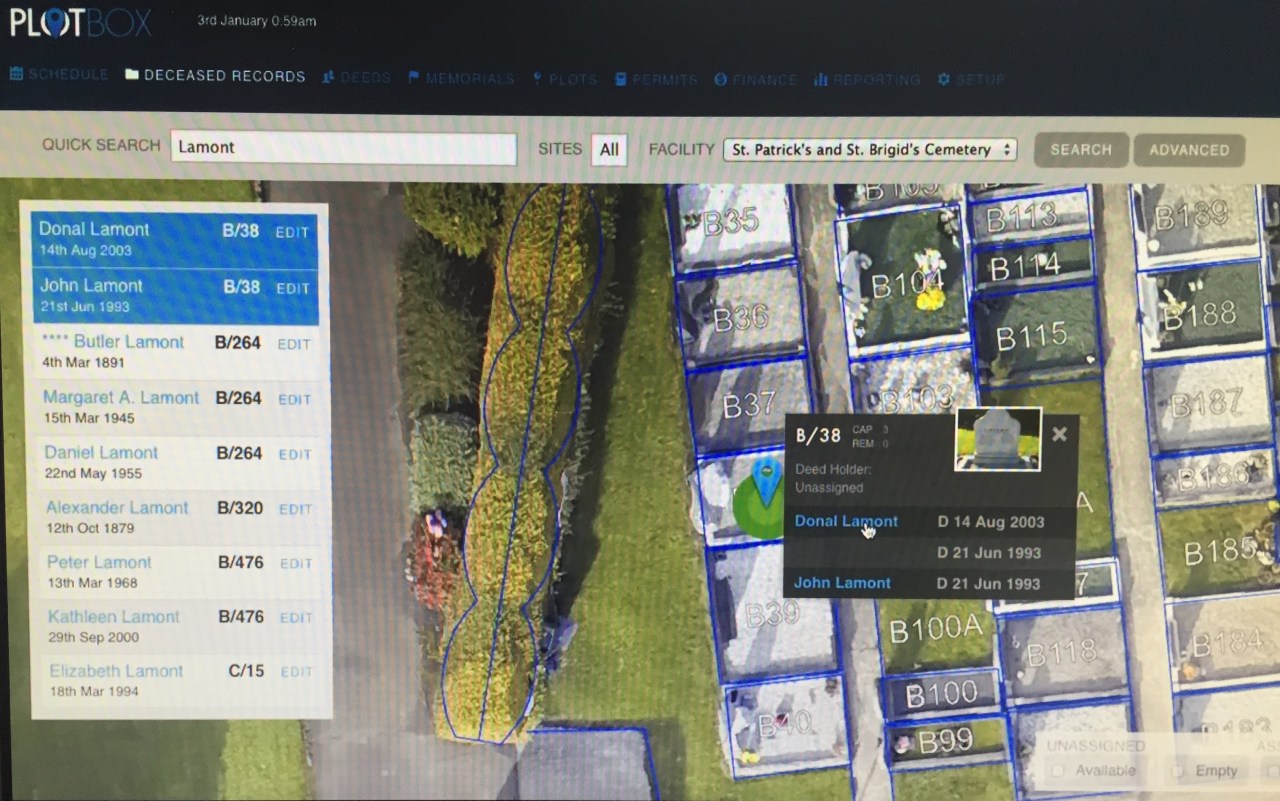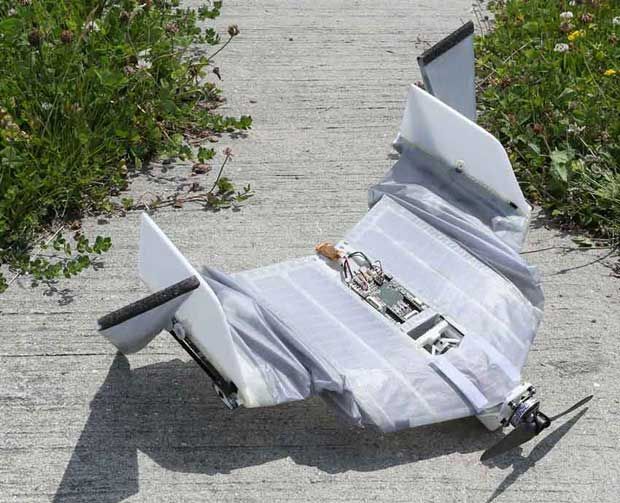Is it a quadcopter? A plane? No, it’s both! [Daniel Lubrich] is at it again with a vertical take off and landing transformer he calls the SkyProwler. We’ve covered some of his work before where his team designed a UAV called ATMOS for a DARPA competition.
The SkyProwler uses a switch blade type mechanism to move from quadcopter mode to plane mode. The wings can be detached to make it a normal quad that has all the typical bells and whistles. It can follow you around with GPS, fly autonomously via way points, and has this cool gimbal mechanism that keeps the GoPro stable as the drone pitches in flight, allowing for a better video experience.
[Dan’s] ultimate goal is a full size passenger model called the SkyCruiser, which uses the same switchblade transformation mechanism as his much smaller SkyProwler. Be sure to check out the video below if you haven’t already, and let us know of any quadcopter / plane hybrids of your own.
source:
http://hackaday.com/2015/02/15/quadcopter-plane-transformer-is-awesome/ ;









